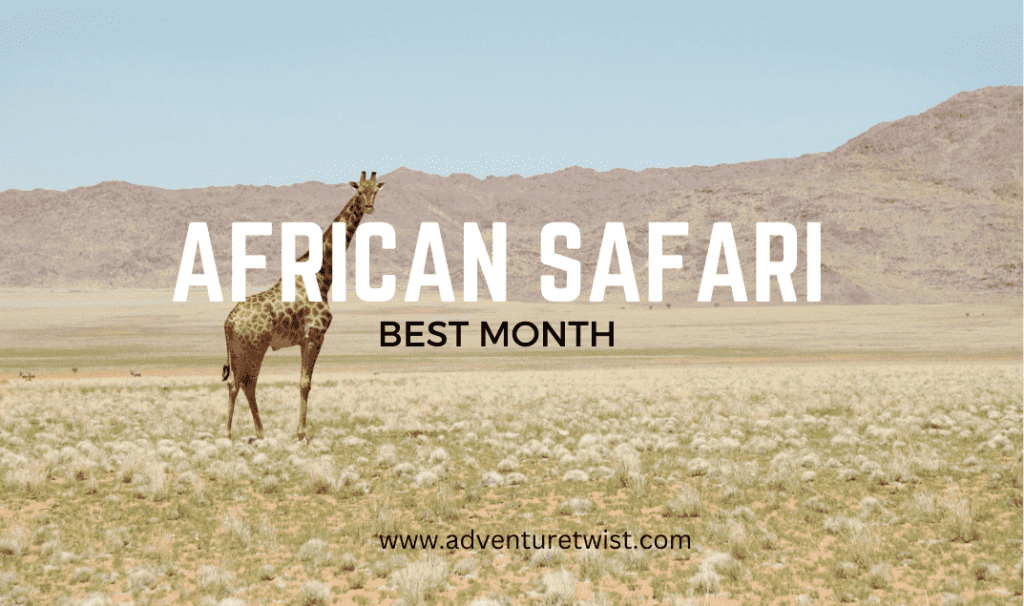
Africa is a massive continent with an intricate landscape and can be full of surprises. While you plan for your trip to any of the African Safari, it is important to research the best month to go on an African Safari. As the wildlife activities differ, so does the climate, and even certain regions within a country can have different weathers at the same time.
Premium wildlife encounters are the goal, but you should remember that different months offer varying experiences. Imagine the thrill of watching the iconic Mara River crossing of the Great Wildebeests into the Masai Mara Park because you booked your trip between August and early September. Great right?
In this extensive resource, you will see how safari is affected during the different months of the year across various destinations so you can choose the best month to go on a safari in Africa.
Understanding the Best Time for an African Safari
Two African regions are home to safari: the Eastern and Southern parts of Africa, with Kenya being where safari originated. The main seasons in these regions are the dry and wet seasons, however, understanding how they affect game viewing is essential to your plan.
The long dry season in Eastern Africa typically lasts from July to October every year. This sunny time of year is best to go on an African Safari in countries like Kenya, Tanzania, Rwanda, and Uganda when you have the rare opportunity to witness a magnificent display of wildlife in their natural habitats. The long dry season in southern Africa occurs between May and October, you are sure to enjoy optimal game viewing and thrilling safari activities in countries like Botswana, Zimbabwe, Zambia, South Africa, and Namibia.
From late October to early May, regions in southern Africa are in their wet season and there are fewer visitors. This is however the best time to see newborn wildlife. With an abundance of water and lush vegetation, animals are scattered across the habitat in smaller groups which can make sighting more difficult. Eastern Africa shares the same months for its wet season as well. Remote locations might be inaccessible due to flooding from heavy rainfall during this period, and this can impede sighting opportunities significantly. If you are a sucker for beautiful scenery, then the wet season is the best time for you. The lush greenery and blooming flowers are a magnificent sight to behold. The Ngorongoro Crater is one fantastic place to also visit during this time as its wildlife is usually active all year round.
Best Month to Visit East African Safari

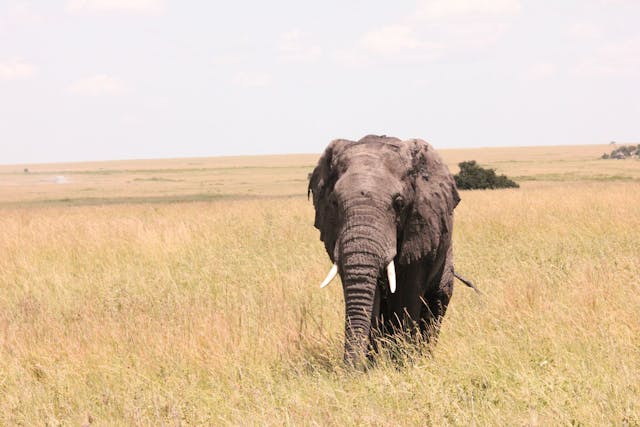
One of the world’s most mind-blowing wildlife spectacles takes place in Eastern Africa, within an enormous ecosystem between the Serengeti National Park in Tanzania through the fenceless borders into the Masai Mara National Park in Kenya. The Great Annual Wildebeest Migration sees millions of different species embark on a long and life-threatening journey in search of greener pastures. The best time to witness this Great Migration safari is between June to mid-September. By early October, when the rainy season begins in Tanzania, the herds embark on a return journey to Tanzania.
When you go on a Tanzania safari in July you have higher chances of seeing the Big Five. Because the season is just perfect for spotting, you can see these magnificent wildlife and other species as they move through the open plains. The best time to visit Kenya if you want to catch the remarkable Mara River crossing is between late July and early August. You get to experience the wildebeest fighting for their lives with the hungry crocodiles that await in the river as they make their way into the Masai Mara National Park. Sometimes it takes the herd over one week waiting by the bank of the river before they build the momentum to take the plunge.
The famous Gorilla Trekking is possible all year round in countries like Rwanda and Uganda, but the two major dry seasons are the best time to enjoy this spectacular safari activity. From June to September and December to February you can see these gigantic creatures as they dwell in their natural habitation. The conservation area in these regions has expert rangers who take the visitors on guided hikes through the dense jungle in search of these breathtaking encounters.
RECOMMENDED: best-rated African safari countries in 2024
Best Time to Visit Southern Africa for a Safari
What you want to see while on a safari in Southern Africa will determine the best time for you to visit. While Namibia is an all-year-round destination, the most suitable time to visit South Africa, Zambia, Zimbabwe, and Botswana is from May to October. It is ideally the best chance for premium game viewing as the vegetation is dried out and there is a water shortage throughout the ecosystem. This results in large gatherings of wildlife around limited waterholes which makes for a fantastic spotting opportunity.
Botswana safari season is at its driest from August to late October. The herds go through harsher conditions in their habitat during this period with limited food and water. The withered landscapes always make a clear view for wildlife spotting game drives.
When considering Zimbabwe’s safari, you should know that the peak season here usually starts in July. However, October is the hottest month making it be best possible time to experience a wide array of wildlife activities. November is usually unpredictable in this region, on consecutive days, you can experience both weather conditions so keep that in mind.
Pros and Cons of Off-Peak Safari Months
- November to April is considered the cheaper safari months because, in most destinations across Africa, it is the rainy or off-peak season. One benefit of booking your tour during this time is available discounts because of the reduced demand for safaris. Travelers can get up to 40% discounts on tour packages that also come with a considerable reduction in accommodation rates. Park activities during this period are offered at a lower price and solo travellers can take great advantage of this to negotiate better deals, especially in countries like Kenya and Tanzania
- Another notable con of an African safari especially when you are visiting any of the renowned destinations like the Masai Mara in Kenya or Serengeti in Tanzania is that during peak season the tourist presence is remarkably high. This causes long lines as visitors gain access to conservation centres, and it could also be a rowdy experience during game drives. When you travel during an off-peak season you benefit from less crowded events creating an opportunity for you to enjoy an authentic African Safari experience without having to compete for space during wildlife sightings.
Unique Wildlife Experiences During Off-Peak Safari Months
- While spotting is not guaranteed during this time, when you go for a safari in the rainy season you have a rare chance to witness the circle of life as animals give birth. There is enough food and water during this season, and you can catch playful moments between the newborn of both prey and predator.
- Off-grid locations are inaccessible during this period however some game reserves and National Parks are functional and offer other rewarding safari activities. Bird lovers can watch the migratory flock as they arrive during the off-peak season, and it is also a great time for a photography safari. The scene is set to capture the most breathtaking pictures of landscapes and wildlife in their home.
- Over the past few years, the millions of herds in the annual migration have been arriving earlier than usual and staying longer than normal in Kenya. This inarguable means that some off-peak season travelers have experienced the Great Annual Wildebeest Migration. You just need to know where and at the right time you can catch a glimpse of the impressive movement.
Special Events and Unique Safari Experiences by Month
- In the Serengeti National Park between January and early March, visitors can witness a memorable showcase of the life cycle. This calving season is when the inhabitants of the ecosystem migrate towards the south to feed, give birth, and replenish. The abundance of freshly grazed grasses provides the best place to nurse young wildebeest in their first few weeks. It is recorded that about 8,000 wildebeest calves are born in a single day over the space of almost three months.
- Known as the home to the Makgadikgadi Salt pans which are the largest in the world and the renowned Okavango Delta, another spectacular safari experience is The Zebra Migration of Botswana recorded as the longest mammal movement in Africa. With the availability of luxury tents within the habitats, you have access to a less crowded wildlife sighting adventure as you relish the best view of this remarkable migration. The animals spend the toughest part of the dry season between (June to early November) around the Chobe River Flood Plains. Due to the rain in early December, the Zebras journey towards the south. At some point, they scatter across the Nxai Pan National Park and stay there from December to February before returning to the north.
- One of the seven natural wonders of the world is the Victoria Falls. Flowing from the Zambian/Angolan border it travels through several iconic features like the Barotse floodplains, the Batoka gorges, Lake Kariba, Lower Zambezi National Parks, and the Zambezi Delta. A vast volume of water flows from the Barotse floodplains and reaches Victoria Falls in February, this is when the river begins to speedily increase. A wonderful time to witness this wonder is between March and May, when the flow reaches its peak after which it begins to decline.
Conclusion: Best Month to Visit African Safari
Proper consultation and research are your ultimate guide to help you make favourable decisions when planning an African safari. Your choices should be influenced by the activities you want to engage in, your preferred wildlife sighting choices, and your overall safari budget. Some destinations are all-year-round meaning even the low seasons will offer great safari experiences too.
Remember that Africa’s weather patterns are becoming more erratic and unpredictable, possibly due to global warming.
You cannot be too careful when venturing into the untamed wild. It is always wise to book a guided tour and adhere strictly to the set guidelines to ensure you are airing on the side of caution. In the end, booking your safari package through a credible operator is your surest bet to put together an itinerary that suits your preference, and pick the best time to enjoy this thrilling and lasting experience.
FAQs About the Best Time for an African Safari
Africa is an enormous continent with great countries and top safari destinations to experience the best adventure. With so much to see and engage in countries like Botswana, Namibia, Tanzania, Kenya, Zambia, and others, travelers have an abundance of options to choose from.
RECOMMENDED: Top 3 Best-Rated African Safari Countries in 2024
Safaris are typically known to have a steep price tag, however, there are important factors to note about the pricing. The cost of your African safari can differ significantly across various destinations and the comfort level you opt for coupled with how long your trip will last is another important determinant of the cost of your tour.
RECOMMENDED: How Much is an African Safari Adventure: Cost to Consider
There are rules to follow as you explore wildlife territories. These rules are designed to ensure visitors’ safety and preserve the animals and their ecosystem. Beware as most rangers might watch you get eaten before they kill especially an endangered species. Maintain a safe distance during special sightings, wear the recommended clothing for a safari, and avoid running or loud noises.
RECOMMENDED: Safari Clothing Tips: What Not to Wear on an African Safari
Spotting this iconic group is almost on everyone’s itinerary when on an African safari and travellers have a higher chance of encountering this magnificent species between July and October. During this period, the landscape is most favourable for clear wildlife sightings. The reduced rainfall makes the weather conducive and enhances easier access to more remote safari locations.
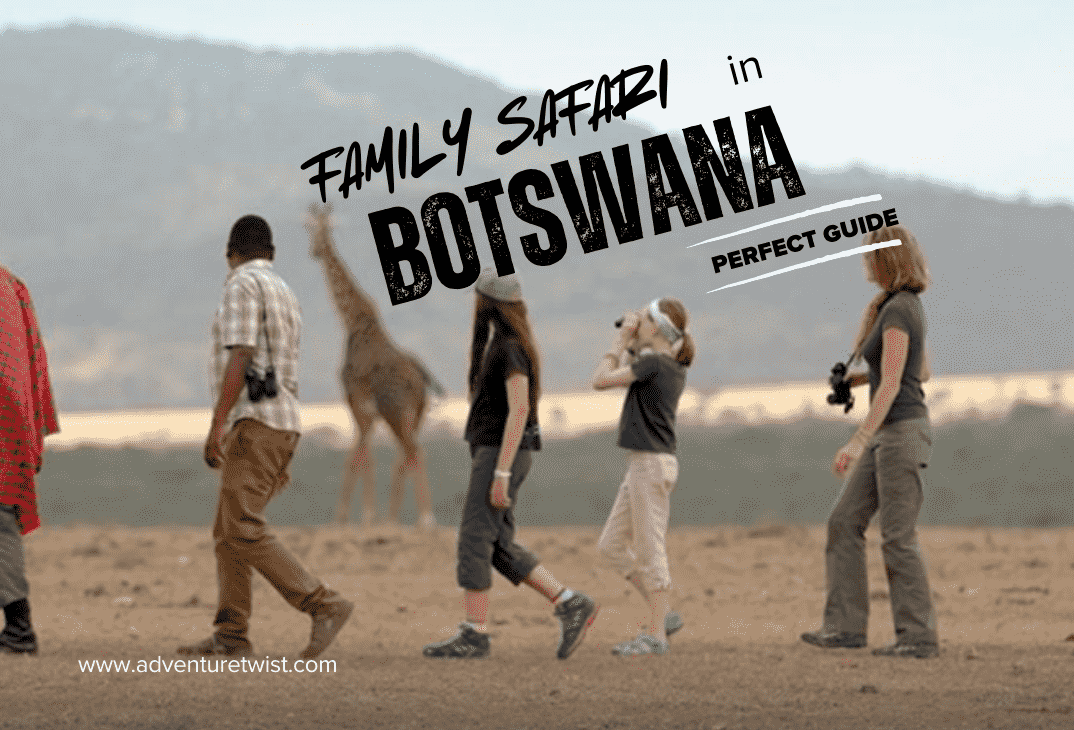
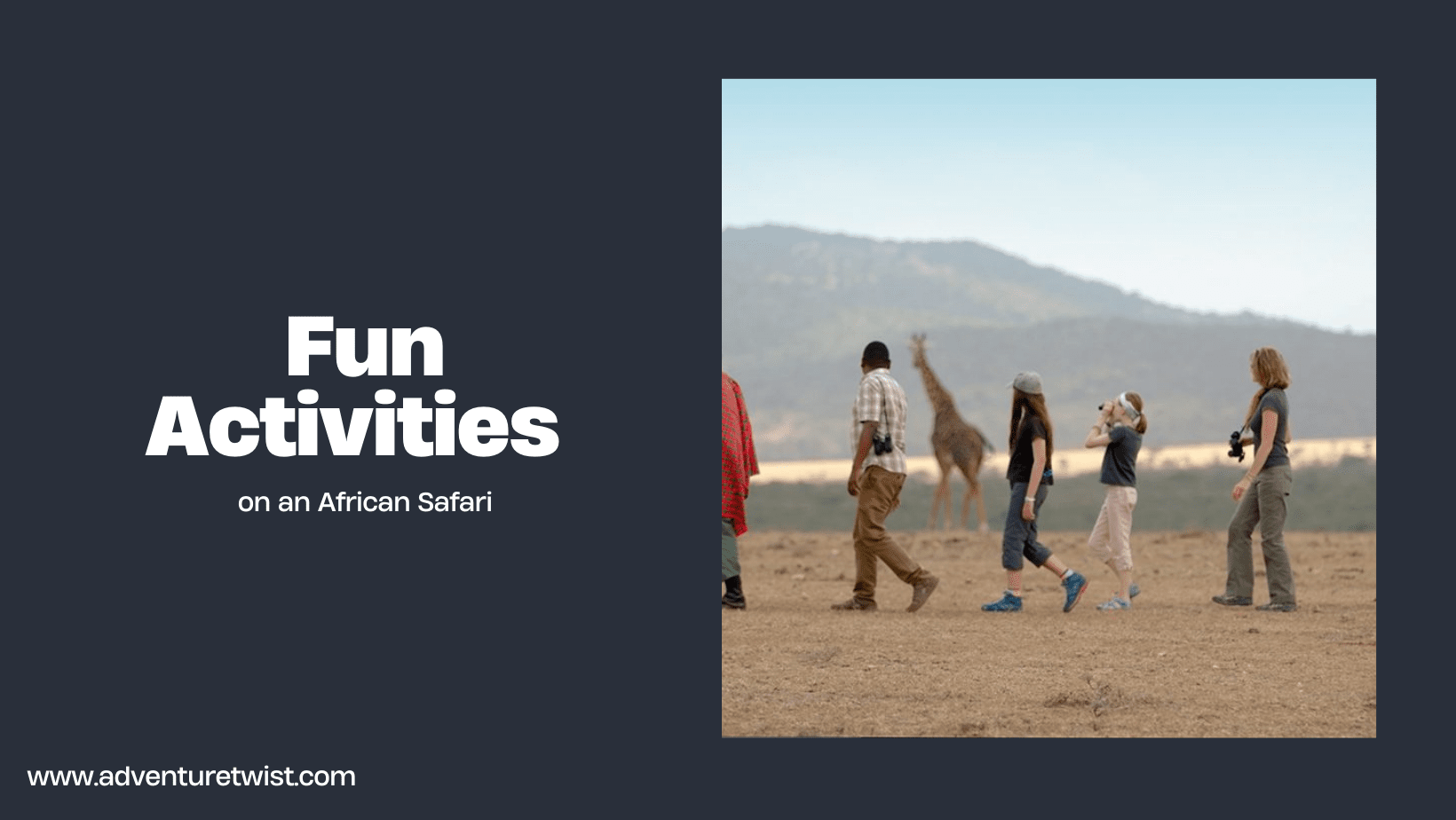
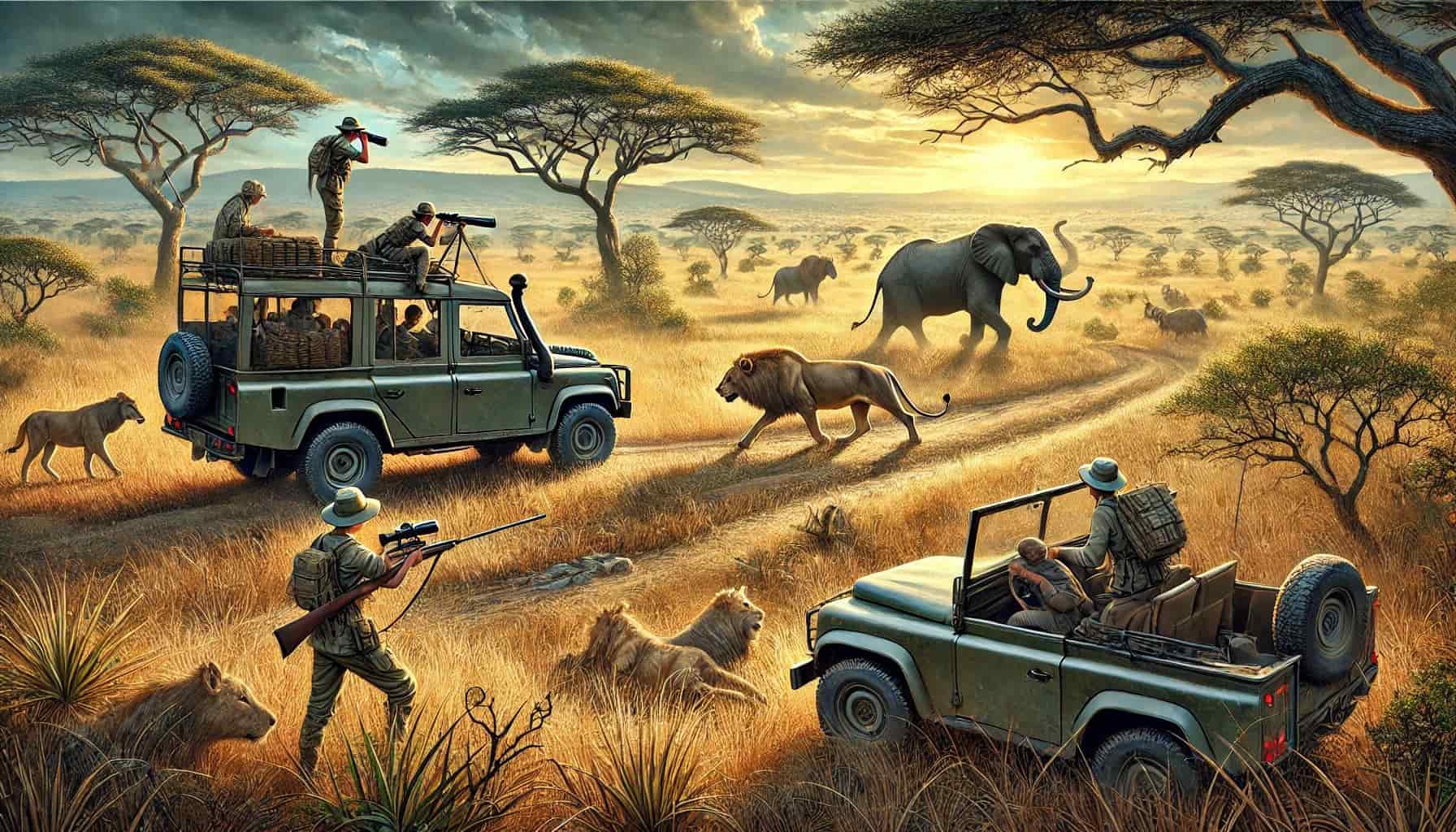
0 Comments